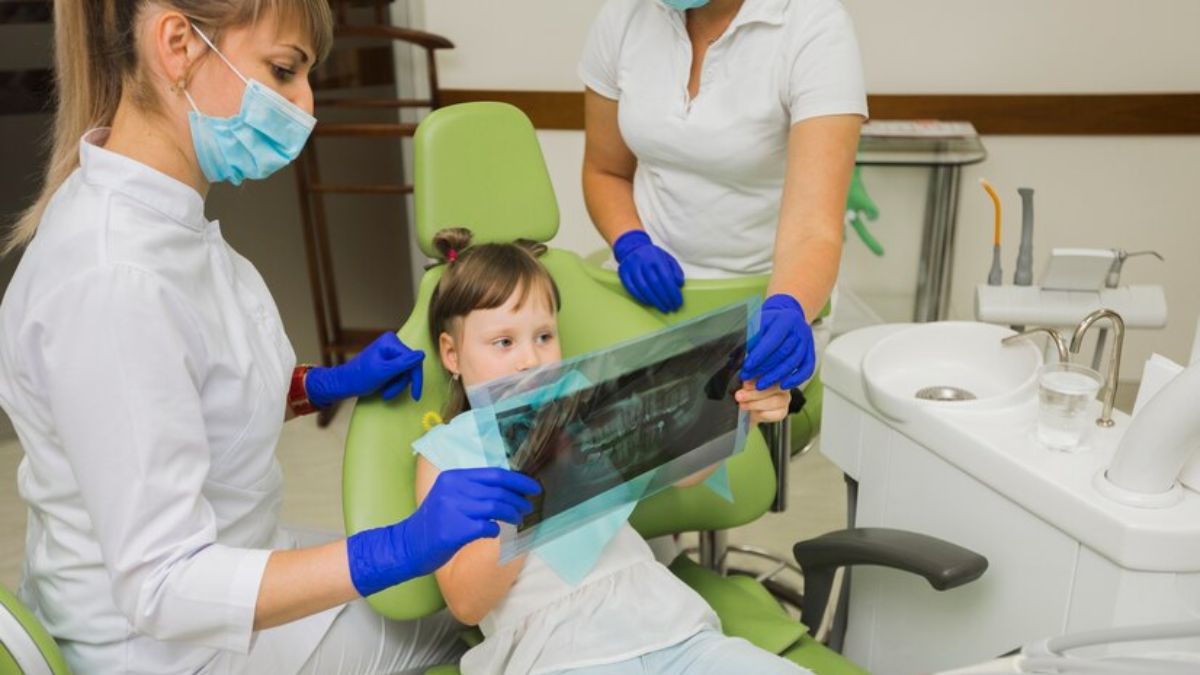The specialty of orthodontics has seen a remarkable change in the past few years, mainly because of the advances in digital technology. Where precision and efficiency were once the hallmarks of treatment, they are now complemented—and sometimes even replaced—by digital solutions. As practitioners now more than ever appreciate the benefits of these modern techniques, it becomes imperative for both professionals and patients to comprehend the ins and outs of digital orthodontics.
What Does the Term “Digital Orthodontics” Denote?
The range of technologies and methods that make up digital orthodontics allows for the streamlined design, diagnosis, and implementation of orthodontic treatments. A key part of this is computer-aided design. Meanwhile, direct imaging allows for precise virtual models of the patient’s dentition. Put simply, digital orthodontics offers a faster and more precise way of doing the same job that was once done using pathfinder methods. The tools of digital orthodontics allow for easier visualisation of potential treatment results, giving both orthodontists and patients clearer insights into what will be done and how it will play out over the course of the treatment.
What Makes a Digital Orthodontics Course So Special?
It is essential for dental professionals to keep up with the technological advancements in their field. A digital orthodontics course is one way to enhance the dental professional’s knowledge and competencies so that they can effectively incorporate new technologies into their practices. These courses cover some fundamental aspects of the digital orthodontic workflow—stuff that is necessary to know if one is going to do right by their patients. They might cover (or expect students to know) the basic imaging techniques that are now used to capture 3D digital models of the patients’ teeth and jaws. Or, they might go over some of the digital treatment planning tools that are used to visualise the kinds of movements that are going to be required in any given case. And being up to speed with these sorts of things also changes the kinds of conversations that can be had with the patients. The practitioner can now speak to (and with) the patient using “digital speak.”
Digital Orthodontics Offers Many Benefits
There are many benefits of digital orthodontics for both practitioners and patients. Its foremost advantage is the increased accuracy of impressions, as digital impressions have almost entirely replaced traditional moulds. Done correctly with the right amount of overlapping surfaces, a digital impression should give an inside-out view of the dental arch. Coupled with a virtual setup in computer software, a digital impression can lead to highly predictable outcomes. And with all of these benefits, there is still time for digital orthodontics to manage discomfort during the procedure itself.
The orthodontic world is ever-changing, and those who work in it need to be aware of and understand these changes. What sorts of practices and procedures are being supplanted? What is becoming the new standard of care? With an ever-more digital world, part of the answer to these questions is “digital orthodontics.” This term is overused, and it can mean different things to different people, but it is safe to say that it is supplanting the older model of straight-wire techniques. As more societies and academies start giving evidence-based guidelines, those give us a clue as to what is becoming the accepted standard.











